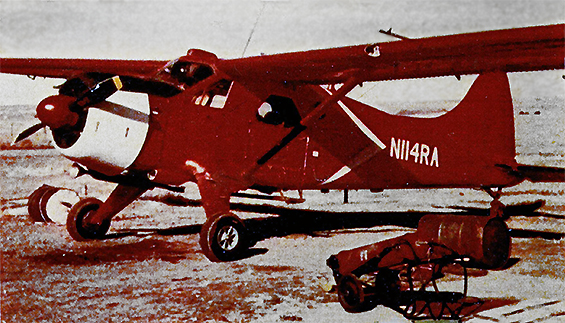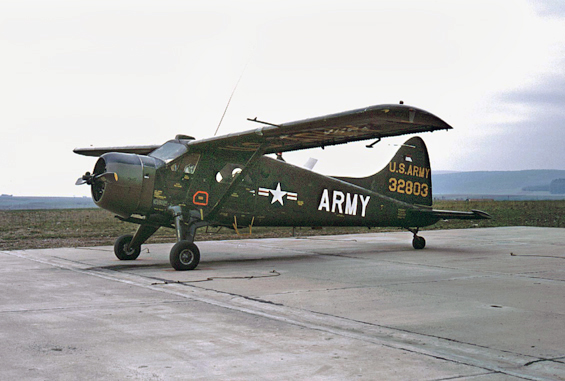Beaver Tails master index
|
596
|
||
|
N114RA at Butts Army Airfield, with the Ft. Carson Flying Club.
|
||
 |
||
|
Photo: Richard Baker © c. Mid 1974 - via Ken Baierlipp - Aird Archives
|
||
|
53-2803 serving in Germany.
|
||
 |
||
|
Photo: Unknown photographer © c1969 - Wayne Mutza Collection
|
||
|